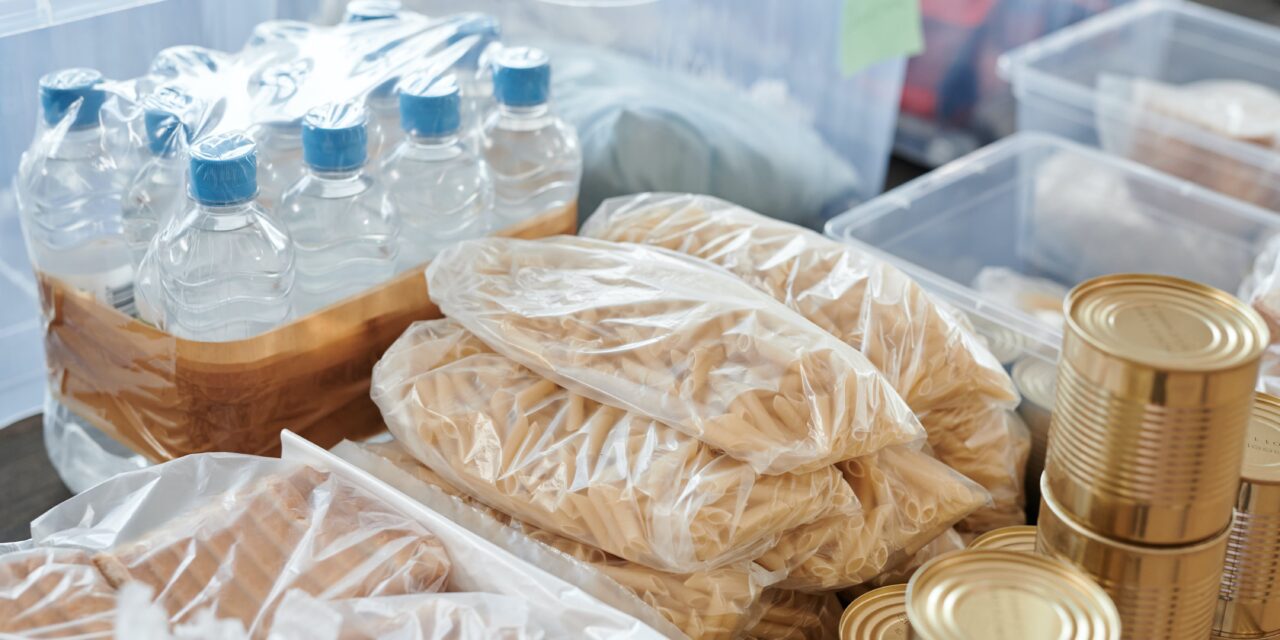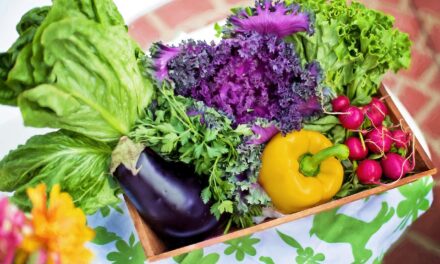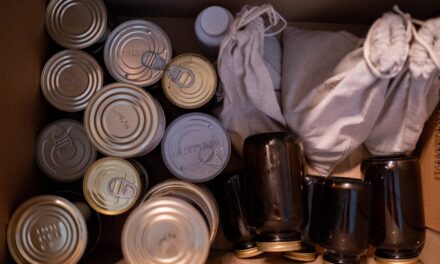When it comes to preparedness, one of the fundamental pillars is food storage. For preppers, having a reliable stockpile of nutritious, long-lasting food is not just about ensuring survival in times of crisis—it’s about maintaining a sense of normalcy and security in unpredictable situations. This guide dives into the essentials of food storage solutions for preppers, highlighting key strategies, tips, and insights to help you build a sustainable food supply that can withstand the test of time and disaster.
The concept of food storage extends beyond filling your pantry with canned goods. It encompasses a holistic approach to sourcing, preserving, and rotating your food supply to maximize its shelf life and nutritional value. Whether you’re preparing for natural disasters, economic downturns, or prolonged off-grid living, the right food storage solutions can make all the difference in your survival strategy.
In this article, we’ll explore the various aspects of effective food storage, from selecting the right foods to the intricacies of preservation techniques and inventory management. By understanding the fundamentals of food storage, preppers can ensure their stockpile is robust, varied, and ready for any emergency. Join us as we delve into the art of building a strategic pantry, tailored to the needs and challenges of the modern prepper.
Food storage is not just a practical measure; it’s a commitment to self-reliance and responsibility. With the right knowledge and tools, anyone can establish a food storage system that provides peace of mind and fosters independence. So, let’s embark on this journey to food security, exploring the best practices and innovative solutions for preppers dedicated to preparedness.
A Quick Guide to Food Storage for Preppers
Choosing the Right Foods for Your Stockpile
Building an effective food stockpile starts with selecting the right foods. Focus on non-perishable items that offer high nutritional value, such as grains, legumes, powdered milk, and freeze-dried fruits and vegetables. Diversity is key to ensuring a balanced diet, so include a variety of protein sources, carbohydrates, and fats.
Preservation Techniques to Prolong Shelf Life
Understanding food preservation techniques is crucial for extending the shelf life of your stockpile. Methods such as canning, dehydrating, and freeze-drying allow you to preserve fresh produce and meats for years. Investing in a vacuum sealer can also enhance the longevity of dry goods by protecting them from air and moisture.
Smart Storage Solutions to Maximize Space and Freshness
Efficient storage solutions are essential for maintaining the quality and accessibility of your food supply. Utilize shelving units, airtight containers, and mylar bags to organize and protect your stockpile. Consider the use of oxygen absorbers in dry goods storage to prevent spoilage and extend shelf life.
Inventory Management: Keeping Track of Your Stockpile
Effective inventory management ensures that your food supply remains viable and ready for use. Implement a rotation system to use older items first and replenish your stockpile regularly. Keeping a detailed inventory list can help you monitor expiration dates and maintain a balanced variety of foods.
Expert Insights on Optimizing Your Food Storage
Seasoned preppers and survival experts emphasize the importance of adaptability and continuous learning in food storage. Stay informed about new preservation methods, experiment with different foods and recipes, and adjust your stockpile based on your family’s needs and preferences. Regularly review and update your food storage plan to accommodate changes in circumstances or advances in technology.
Another critical aspect of food storage is water supply. Ensure you have an ample, purified water source to accompany your food stockpile, as hydration is essential for survival. Water purification tablets, filters, and distillation units can provide an ongoing supply of clean water in emergency situations.
Summary and Essential Takeaways: Fortifying Your Food Security
In the journey toward complete preparedness, establishing a comprehensive food storage system is a pivotal step. This guide has covered the essentials of food storage solutions for preppers, from selecting nutrient-rich, non-perishable foods to employing effective preservation techniques and smart storage solutions. By embracing these strategies, preppers can ensure their food supply is robust, diverse, and capable of supporting survival in various scenarios.
Crucial Takeaways for Preppers:
- Diversify Your Stockpile: A balanced variety of foods not only ensures nutritional adequacy but also combats palate fatigue during extended periods of reliance on stored food.
- Master Preservation Techniques: Knowledge of canning, dehydrating, and freeze-drying is invaluable for extending the shelf life of fresh produce and meats.
- Invest in Quality Storage: Proper storage extends the shelf life of your foods and safeguards your stockpile against pests and environmental factors.
- Maintain a Detailed Inventory: Regularly update your inventory to track expiration dates, rotate supplies, and replenish used items, ensuring your stockpile remains fresh and ready for use.
- Never Stop Learning: Stay informed about new food storage technologies, techniques, and strategies to continuously improve your preparedness level.
By prioritizing food storage in your preparedness plan, you lay a solid foundation for self-sufficiency in the face of emergencies. The peace of mind that comes from knowing you are prepared to feed yourself and your loved ones, regardless of what the future holds, is invaluable. Remember, the key to effective food storage is not just in the accumulation of supplies but in the strategic planning, organization, and management of your resources.
Embark on this critical aspect of preparedness with diligence, foresight, and a commitment to continuous improvement. Your efforts today will ensure your resilience and survival for many tomorrows to come.







